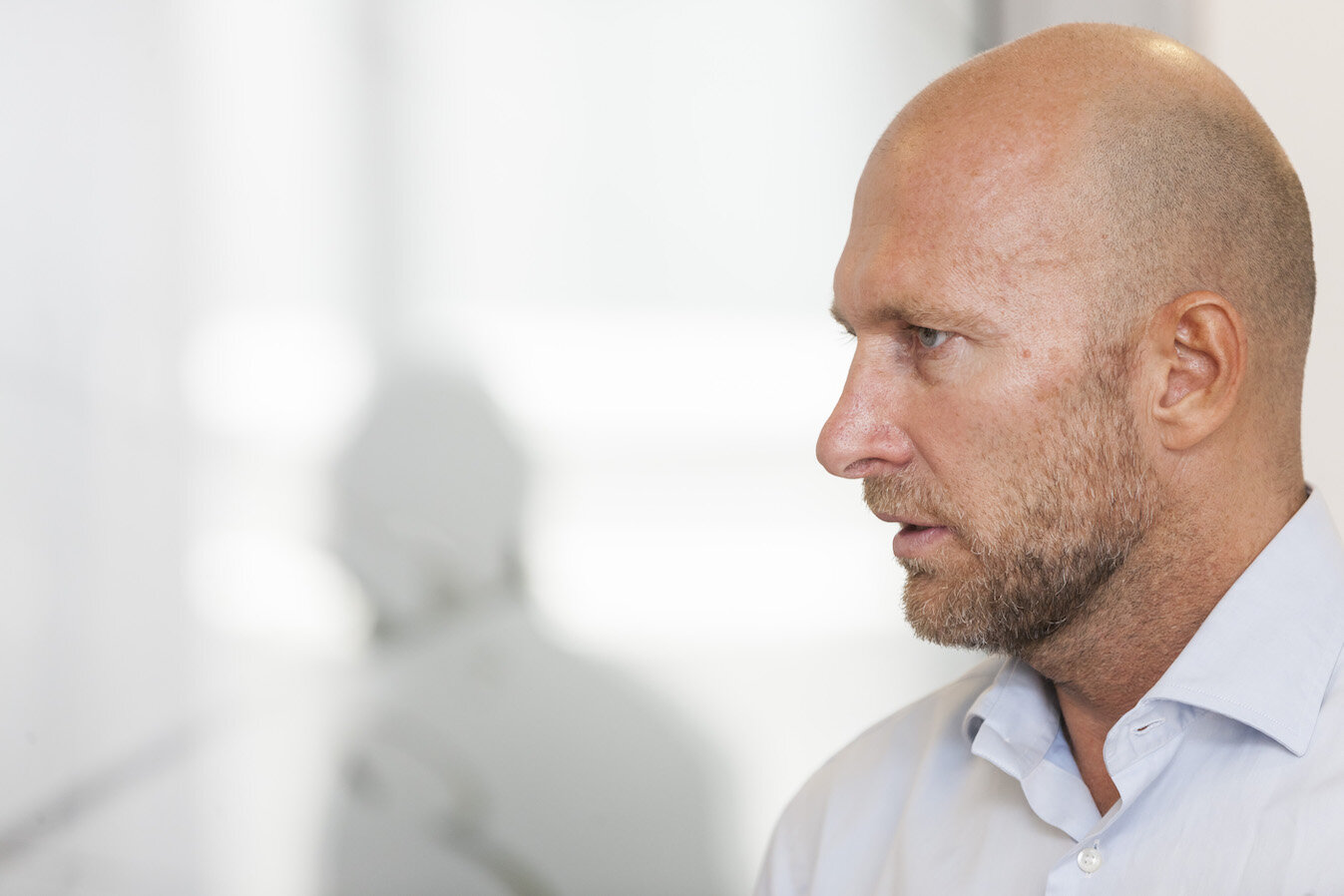How AI changes everything
Artificial Intelligence sits within the creative process but is rarely a popular member of the team. Tom Ollerton says give the young upstart a warmer welcome
Robots will take over piano playing. (Photo: Franck V./unsplash)
Creative artificial intelligence. Perhaps not the most popular concept in the advertising industry but nonetheless, one that's not going away.
AI has moved from the experimental stage and is now redefining how advertising works. Artificial intelligence isn’t just creating ads, it’s identifying audiences, producing content, testing variations, optimising spend in flight, in real time and at a remarkable scale. Thousands of different ads created in seconds, tested and refined to the most impactful content, in a matter of minutes.
You don’t have to take my word for it as there are already lots of forward-thinking brands taking advantage of this. Here’s one example: Fairtrade Foundation (our client) decided to discover exactly what would make its audience respond to Facebook ads. It tested the effectiveness of different emotional triggers and generated new ads to replace the ones that didn’t perform.
It found that click-bait style content actually performed badly – something which would perhaps come as a surprise. The standout performers in Fairtrade’s case were buying and product-focused messages, along with content that promoted living ethically. An emotional tone of voice performed better than a direct or educational one. By optimising Fairtrade's creative content in-flight were able to achieve a click-through rate of 3.92% – far above Facebook’s 0.9% benchmark.
I appreciate this approach might at first appear a little soulless to creatives. There’s always been a battle of epic proportions between those who believe in a data-led approach and those who favour big ideas.
But perhaps a better way to look at this would be to pit good use of data against bad use of data. Some of data’s bad reputation comes from the evolution of the internet and social media and, with it, the ability to use data to target specific segments of online users.
Media agencies would find the ‘perfect audience’ for your ad, as long as there was a logo on it and you showed the product in the first three seconds. Programmatic was hoovered up in boardrooms while creative agencies were squeezed. Targeting got better, but ads got worse.
Using data in this way makes marketers lazy as it encourages assumptions. However, what AI can do is flip this on its head. It can take in the data we give it and provide analysis, insights, predictions and recommendations on a scale that humans could never replicate. It can create a better parity between media and creative. By treating the two as the feedback loop they should be, we can create audiences based on what they actually respond to and what they like.
This isn't a futuristic concept, it’s already happening. And creating, refining and optimising online and social media advertising content isn’t AI’s only potential use in adland.
Take IBM Watson, which offers a number of different AI-focused advertising tools. Watson Ad Builder, for example, allows marketers to create display ads featuring chatbots that use Watson’s natural language technology. “What we’re trying to do in this instance is scale it with this software solution that will really become the democratisation of conversational design,” says IBM.
This sense of democratisation in the ad industry runs through other areas of AI too. For example, synthetic media – video content created by AI (you may know this best for its use in the controversial area of deep fakes). It is to film production what social media is to TV. With synthetic media there’s no need to coordinate talent or even have them on location. It can turn smartphone footage into flawless film. Avatars, chatbots and interactive videos will be quick and easy to create.
One great use of synthetic media was The ‘Malaria no More’ campaign featuring David Beckham. A film showed Beckham delivering an appeal to end malaria in nine languages, using deep fake voice technology. Synthetic media will eventually allow anyone with a phone and a creative idea to produce content that rivals Hollywood. It will allow brands with small budgets to make ‘big budget’ video content.
Despite all this talk of a data-led world, there’s still no alternative for true human creativity. At the moment, AI serves us to take our ideas and make them better, more impactful and yes, more cost effective. It can help us overcome preconceptions and personal bias; for example, when at Automated Creative we worked with Mahabis, the team were surprised to see that the creative they initially liked the least was by far the best performing. But that ‘eureka’ moment, the flashing lightbulb – all these are still far more human than machine.
As I write this I’ve not seen an AI that can come up with an original idea, not the bolt from the blue brilliant showstopper that makes the hair stand up on the back of your neck. However, neither can most creative agencies. True brilliant creative ideas are as extremely rare, if we’re honest. There are a lot of people trying to have them and not many succeeding.
The promise of AI is that it can give creatives a better foundation for bigger and better ideas. But the real opportunity is to use AI to create ads that can scale, morph and adapt to the only people whose opinion really matters – their intended audience.
Let’s be smarter, and help those big ideas work harder.
Finally, here are five must-reads:
Join the global community of ad professionals discussing ‘Creativity, Ads and AI’ on a WhatsApp Group (if there’s space) - it’s both weird and wonderful.
Algorithms to Live by: The Computer Science of Human Decisions by Brian Christian (Macmillan)
Check out ‘An Introduction to Synthetic Media and Journalism’ on Medium
Artificial Intelligence for Marketing by Jim Sterne (Wiley)
Watch Alpha Go documentary on Netflix
Shameless plug: tune into my Shiny New Object podcast, where I interview leaders in marketing about their views on technology and the broader marketing landscape, including AI.
Tom Ollerton is founder of Automated Creative and host of the Shiny New Object podcast













